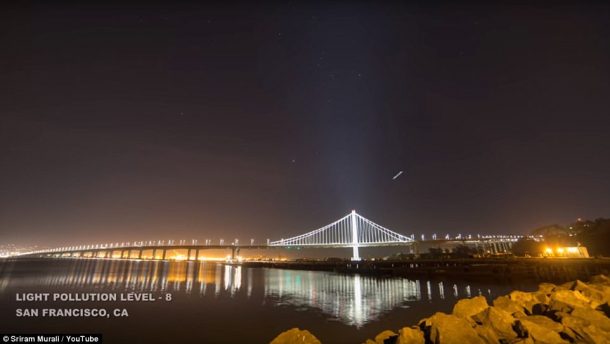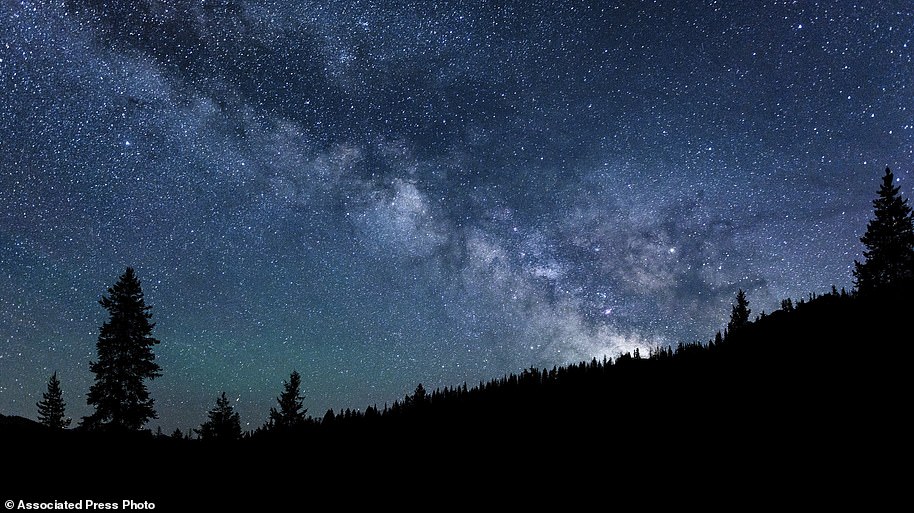Have you ever seen anything more beautiful than the brilliant night sky? People these days are so used to seeing skyscrapers in the cities that never sleep that they forget to look at the sky. This is because the light pollution is changing the way the sky appears at night.
A short documentary named “Lost in Light II – a short film on Light Pollution” has revealed how this pollution masks the stars in many major cities of the US as it follows the Orion constellations all across the country. It shows that in rural areas, you can even see the Milky Way and it is the developed areas that pose a problem.

Lost in Light II shoes different levels of light pollution from Goblin Valley State Park, Utah (level 1) to San Francisco (level 8). Sriram Murali is the filmmaker and night sky photographer behind the documentary and he explains how light pollution has been proved to affect both humans and animals by recent studies.
“In less than hundred years, we have drastically altered our nighttime environment,” Murali explains. “Light pollution affects our health, disrupts our sleep patterns, increases the risk of cancer, diabetes, hormonal disorders and other diseases.Millions of birds are killed each year colliding into brightly lit buildings. Baby sea turtles (hatchlings) are often confused by bright lights and never make it to the sea. And we’ve only begun to understand the effects. But, fortunately, there are ways to fix it.”
There are some areas around the world called “Dark Sky Reserves” and they offer a remarkable view of the sky and even reveal interstellar dust clouds within the Milky Way. In the US, the International Dark-Sky Association recently designated the 1,400-square-mile Central Idaho as one of these sites. The list includes:
- Aoraki Mackenzie (New Zealand)
- Brecon Beacons National Park (Wales)
- Central Idaho (US)
- Exmoor National Park (England)
- Kerry (Ireland)
- Mont-Mégantic (Québec)
- Moore’s Reserve (South Downs, England)
- NamibRand Nature Reserve (Namibia)
- Pic du Midi (France)
- Rhön (Germany)
- Snowdonia National Park (Wales)
- Westhavelland (Germany)
There are a number of proposed solutions to help overcome the effects of light pollution as Murali notes and these include shielded lighting, low-temperature LEDs and motion sensors instead of lights that run all night. Some areas are already adapting to this change and hopefully, the others will follow soon.
“Several cities and municipalities have recently switched to dark sky friendly lighting and people are welcoming the change – they’ve hardly noticed any difference in lighting and in fact, hated harsh bright lights,” Murali explains. “Tucson, Phoenix, Montreal, the state of Georgia are all examples. It makes me really happy and optimistic hearing these success stories. Fighting light pollution does not mean turning all your lights off, it’s about being wise with our lighting choices.”
You can watch the documentary here:

